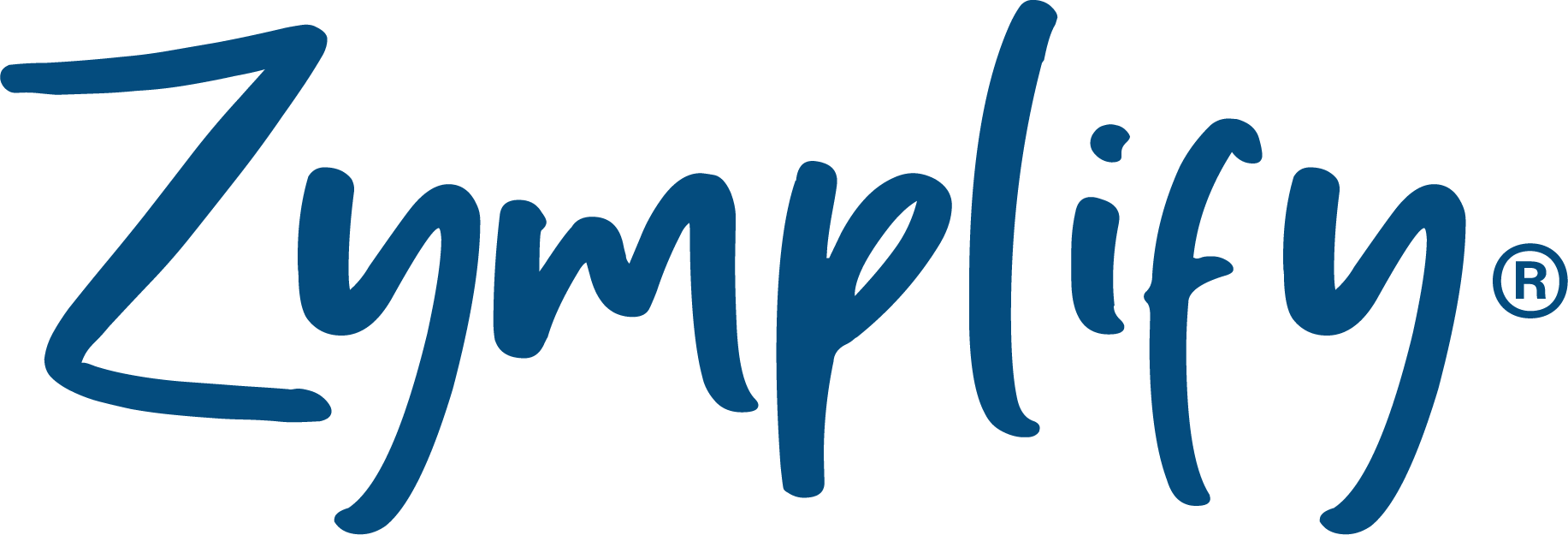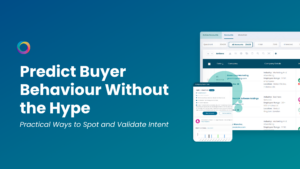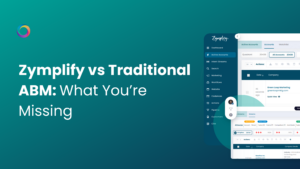Email marketing is an effective way to keep potential customers, and already existing customers, engaged and informed. It’s a very effective way to keep businesses and their customers connected, by delivering important information as and when they need it most.
What is email marketing?
Email marketing is a form of direct marketing as a means of communicating commercial marketing messages to an audience. Marketing teams will craft a series of emails with the purpose of enhancing the relationship of a merchant with its current or previous customers and to encourage customer loyalty, as well as repeat business.
An email campaign created specifically for customers could include information about an upcoming sale, the launch of a new product or include a specific discount code. However, an email campaign to a potential customer, also known as a lead, will include different information. You might need to attach value-added content that will help them with whatever problem they are facing at the minute. After all, they have a problem and therefore a need, for your product or service or they wouldn’t be interested in your company.
What is lead generation?
A lead is anyone who has shown that interest in your company but aren’t qualified to buy just yet.
In formal terms, lead generation is the action or process of identifying and cultivating potential customers for a business’s products or services. It’s the process of attracting and converting strangers and prospects and turning them into someone who has indicated interest in your company’s offering.
In recent years, and due to advancements in technology, the buying process has changed, and this has led marketers to develop new ways to reach potential customers.
In the past, it was common practice for sales and marketing teams to undertake traditional marketing methods and reach out to uneducated potential buyers in order for them to introduce their products and services. In today’s growing market, customers already have an abundance of information before they make their buying decisions. They can use search engines, social media and other online channels to find out everything they need to know before they speak to a salesperson.
Why is it so important? Email marketing and lead generation statistics
- 93% of B2B marketers use email to distribute content
- Active email accounts are expected to hit 5.6 billion by 2019.
- 83% of B2B companies use e-newsletters as part of their content marketing program.
- 40% of B2B marketers say email newsletters are most critical to their content marketing success.
- It’s estimated that the US will spend over 350 million dollars on email advertising in 2019.
- Mobile opens accounted for 46% of all email opens.
- 35% of business professionals check email on a mobile device.
- Apple iPhone is the most popular mobile client for reading emails with 29% of all opens occurring on this platform. Gmail is a close runner-up at 27%.
- 73% of millennials prefer communications from business to come via email.
- More than 50% of US respondents check their personal email account more than 10 times a day and it is by far their preferred way to receive updates from brands.
- 99% of consumers check their emails every day.
- 80% of business professionals believe that email marketing increases customer retention.
- 59% of respondents say marketing emails influence their purchase decisions.
- The most opened emails relate to hobbies, with an open rate of 27.35 percent.
- >59% of marketers say email is their biggest source of ROI.
- 56% of brands using an emoji in their email subject line had a higher open rate than those that did not.
- Marketers who use segmented campaigns note as much as a 760% increase in revenue.
Successful email marketing in 2019
Email has now become the old direct mail. Remember those days when you would get tonnes of letters and junk mail through the letterbox, and you’d disregard half of it? Yeah, that’s just like email now. Therefore, you need to create a calculated and effective email marketing strategy that will help your mail stand out in the Inbox.
Here’s a quick and easy example of an effective email marketing strategy that you could customise and adapt for your own business:
- The problem email – possibilities of replacing their existing process with your product.
- The benefit email – A look at the benefits of using a product like yours to achieve their goals. This email should focus on the benefits of using your category of product.
- The transition email – Remember, every potential customer is currently using something else to do what your product could do for them, and the act of switching from that process to using your product is a barrier you need to overcome.
- The tools email – An overview of the tools available to achieve what your product achieves, almost like a quick buyer’s guide. This is the first time you introduce your product and outline why it’s superior to your competition. Include a call to action to purchase or sign up for your product for the first time in this email.
- The case study email – A case study on how one of your customers uses your product. Make sure to outline what problems it solves for them and what benefits it brings them.
- The resources email – The final email. Suggest some other eBooks, blogs, templates, kits, etc. for learning more about whatever it is your product does. You can also try including a discount code or special offer in this email as if you haven’t converted them from the previous emails a special offer could help tip them over the edge.
You should attach a piece of content at each stage of this six-series email campaign that will add value to the recipient. What will they want to see? The piece of content will act as an offer or entice them to click or interact with the email rather than just opening it. You can then use metrics such as the click-through rate or download rate and measure the success.
In case you’re unsure what kind of content, we’ve created this handy template to inspire you:
Conclusion
While it’s not the hottest marketing trend, email marketing is still as important now as it ever has been. It’s the most efficient form of marketing when moving leads through the sales funnel. If you manage a large database of leads who are all at different stages of the buying cycle, then you need to ensure you have a strategy in place that will cater to all of their needs.
Remember the basics of any great email campaign is a catchy subject line, engaging copy, relevant images and a piece of value-added content that will integrate social links and give something to the lead.
More from Zymplify
Top Inbound Marketing Tools to use in 2019
Inbound Marketing and Marketing Automation
The Power of Inbound Marketing: Are You Really Using it Effectively?



